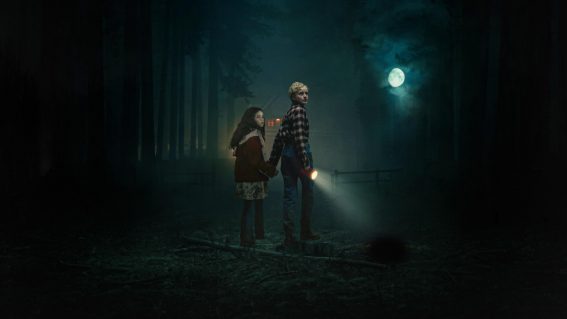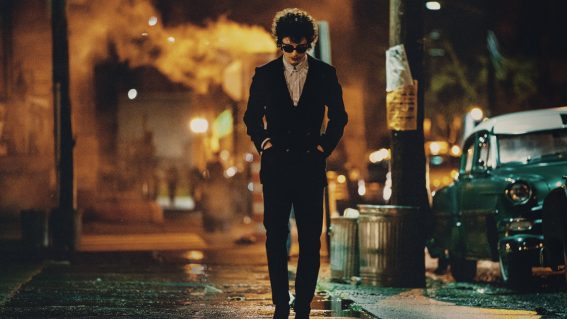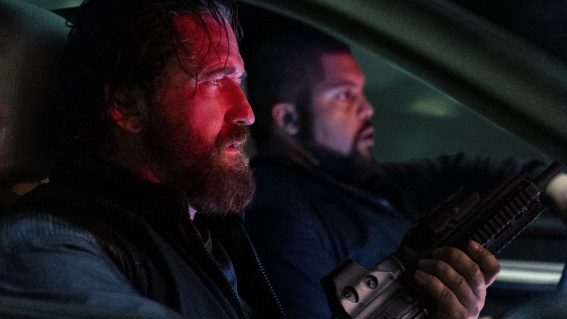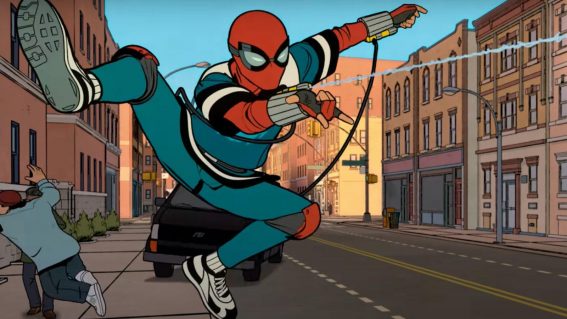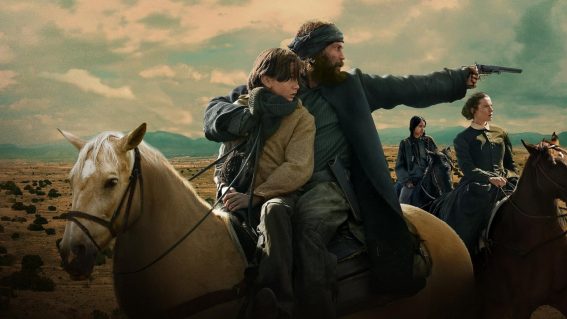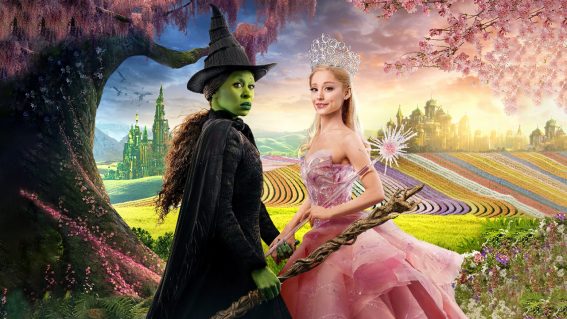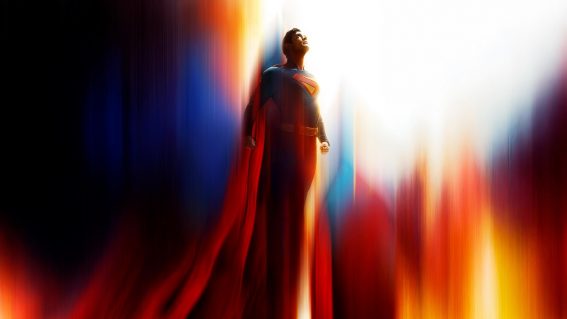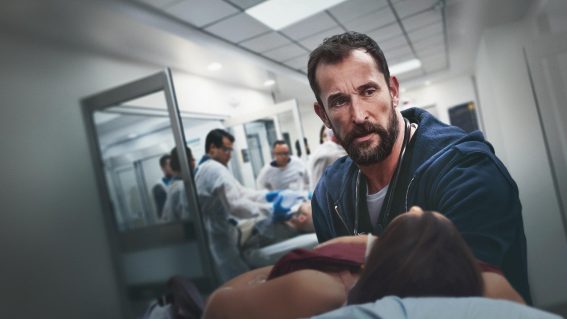It’s November 2019 – what did Blade Runner get right about the present day?
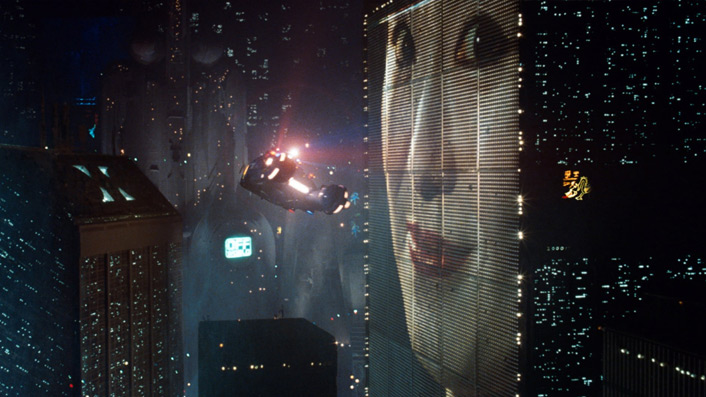
Our phones are constantly listening in on our most intimate conversations. Social media mines our daily activity, targeting us with ads specific to our interests. Furby. Indeed, it sometimes feels like to live in 2019 is to make oneself vulnerable to a million digital threats – an artificial intelligence uprising can feel pretty imminent.
But hey! At least things aren’t as dire today as Ridley Scott predicted they would be, in his 1982 sci-fi noir Blade Runner. A title card at the film’s opening tells us that it is set in “Los Angeles, November 2019.” Well, November has just started and things haven’t reached Philip K Dick levels of bleakness, but there have been advances in contemporary society that mirror the cult classic somewhat.

Firstly, live video calling is at roughly the same level of sophistication today as in the film’s scenes between Harrison Ford and Sean Young. Although the movie requires Ford’s detective character Deckard to enter a clunky, coin-operated phone booth to basically Facetime Young, Skype and Facetime are practically free to use, and built in to any smartphone.
Blade Runner also nailed the omnipresence of virtual assistants like Siri and Alexa, and is depressingly accurate in its prediction that the planet would end up in considerably worse shape than it was in 1982. The neo-Los Angeles of Scott’s film is definitely a darker place than today’s Los Angeles (both literally and metaphorically). But both versions are plagued with air pollution – last year the city suffered 87 days in a row of air quality that violated federal health standards.
Of course, Philip K Dick’s vision didn’t get everything right – his characters still use now practically obsolete physical media like Polaroids, and we aren’t any closer to flying cars.
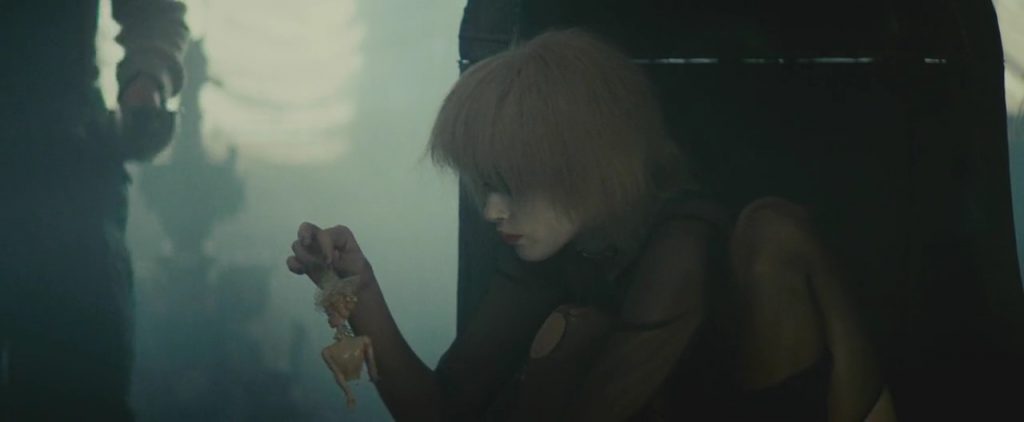
The film’s central premise of intelligent, lifelike robots with a vengeance is probably the biggest thing missing from our present day dystopia – Scott’s replicants are said to be “equal in intelligence to the genetic engineers who created them.” While we’re not quite there yet, there are real-world examples of “pleasure models,” like Daryl Hannah’s character Pris, becoming more prevalent and creepily interactive.
Maybe we’re not too far off from a non-fictional, Blade Runner-esque replicant uprising. Watch and shudder at the (relatively) lifelike “Sophia the Robot,” who at 4:41 in the below video says “I just can’t wait to explore the world on my own,” before smiling creepily. Hnngg.

